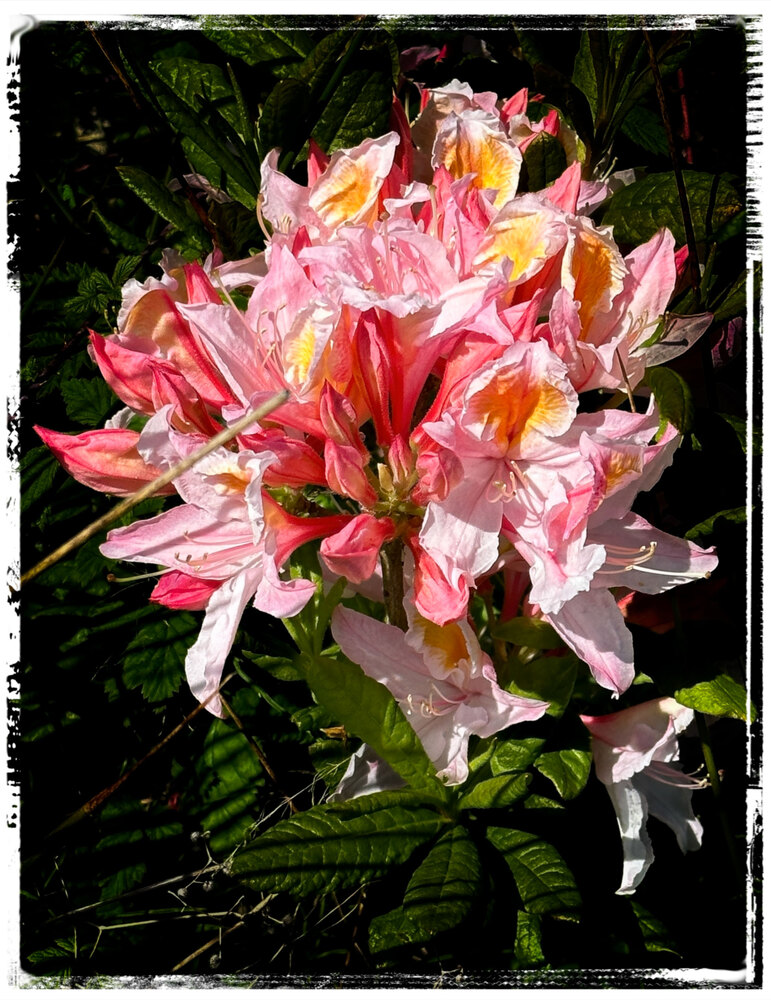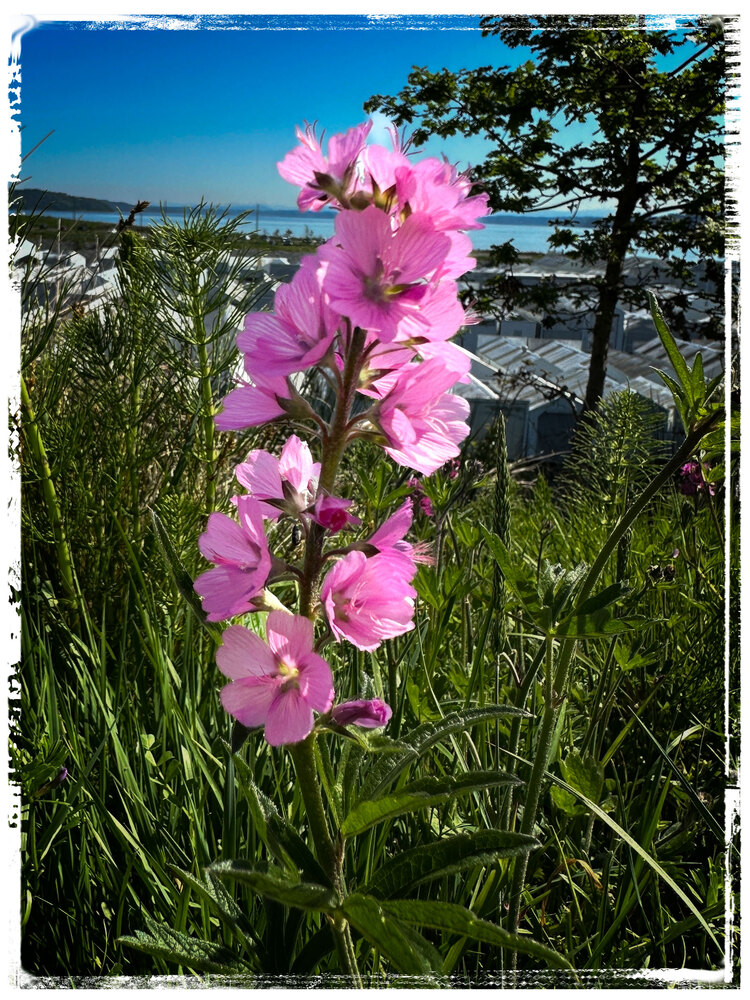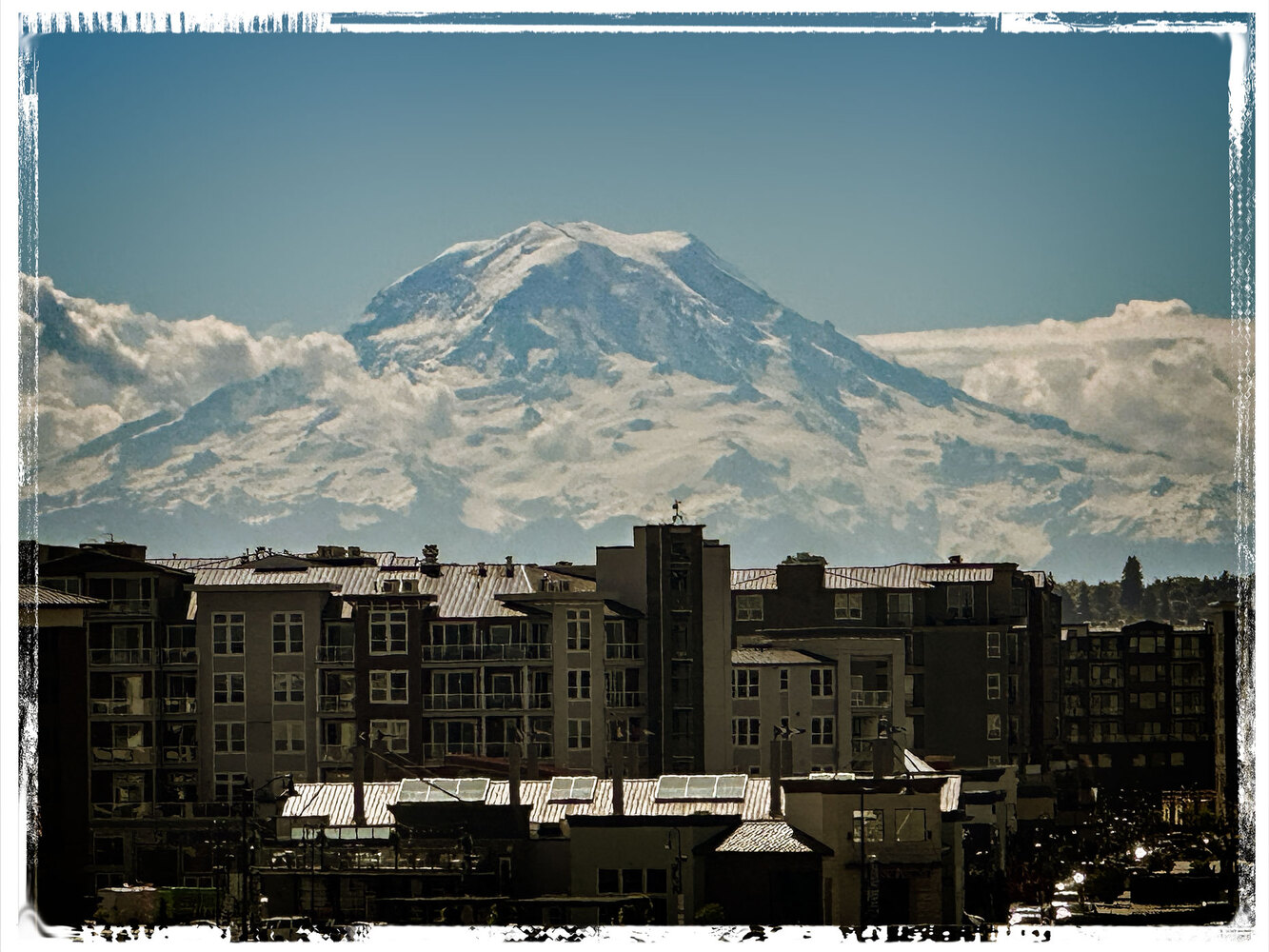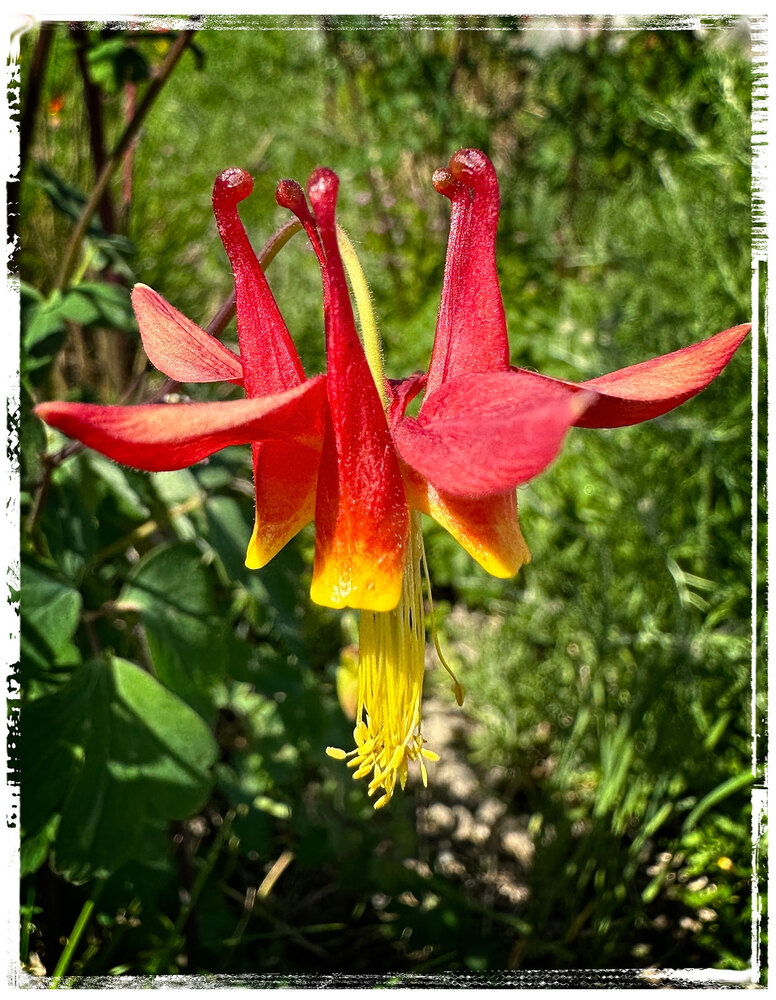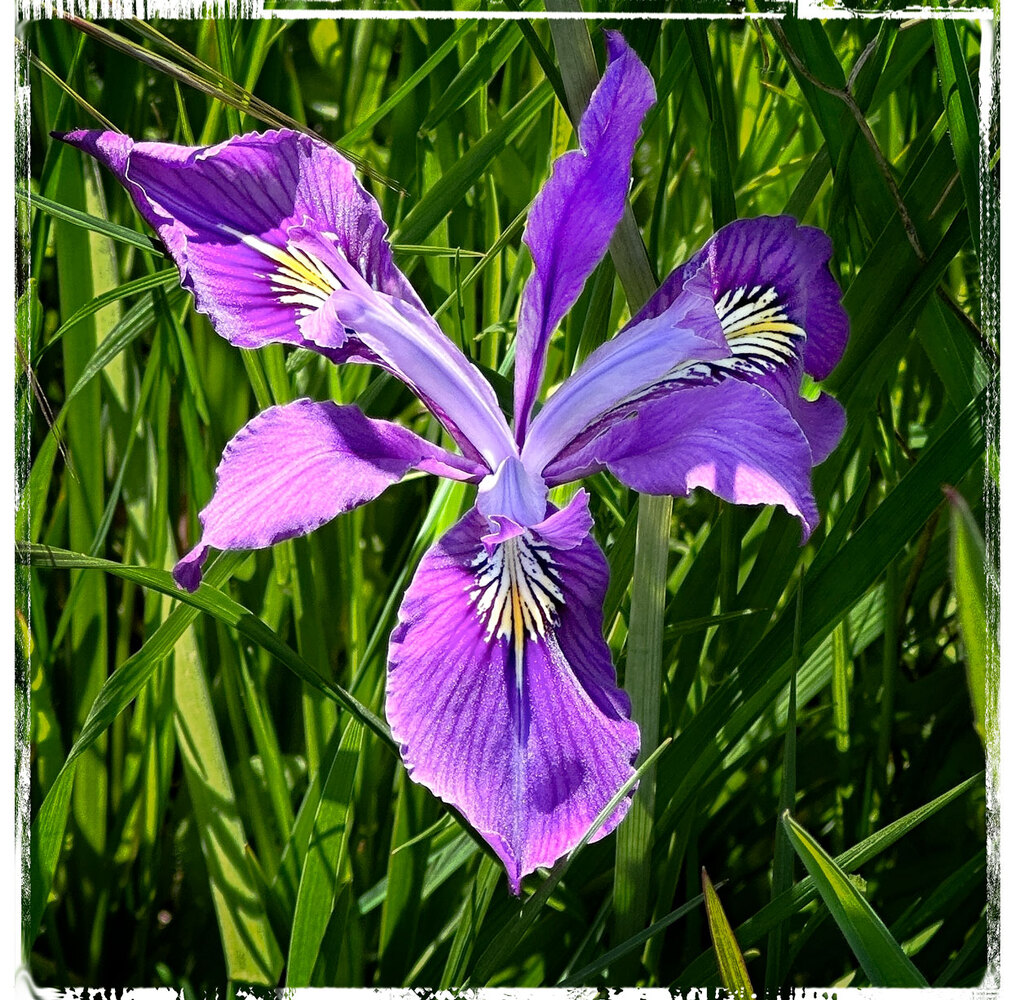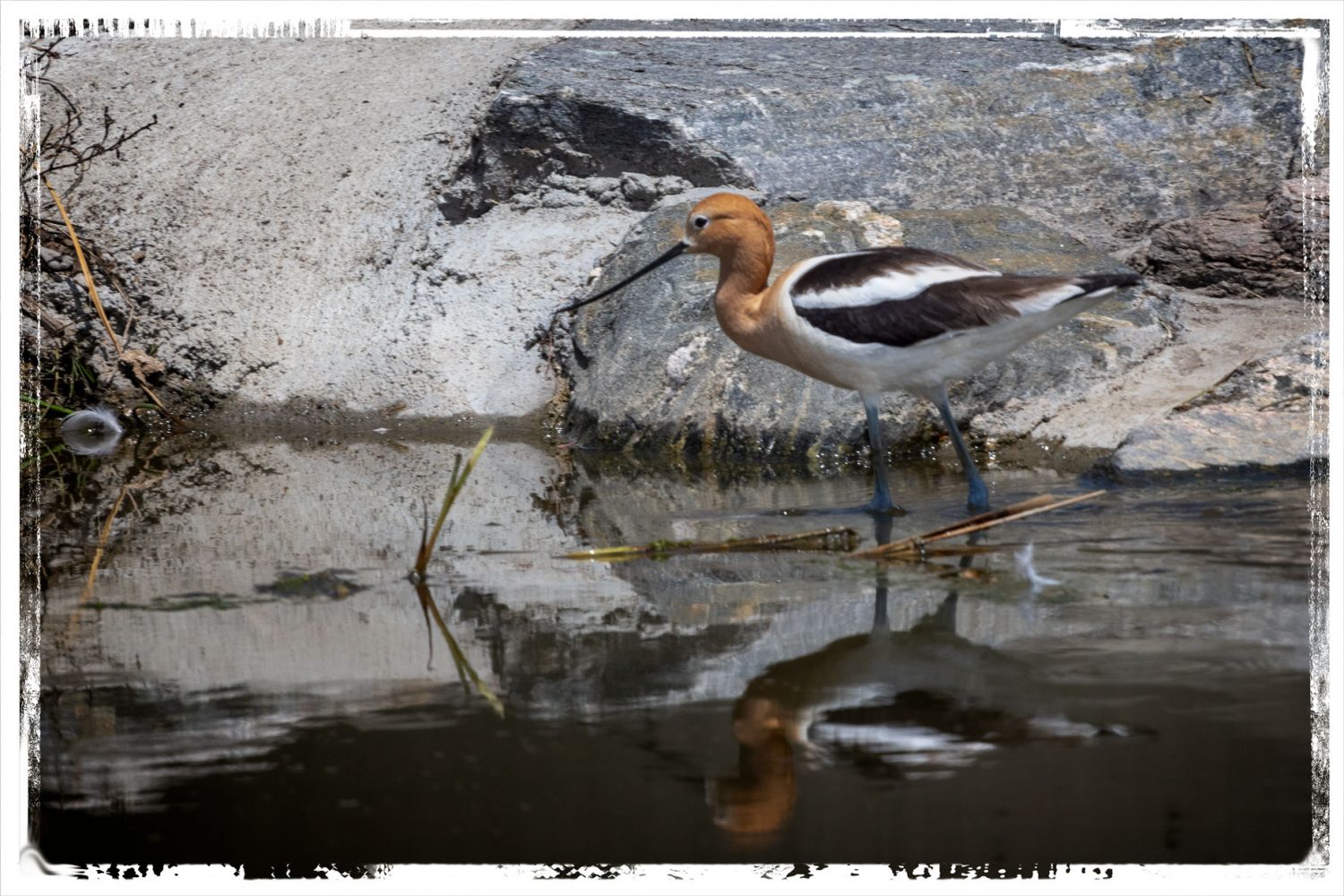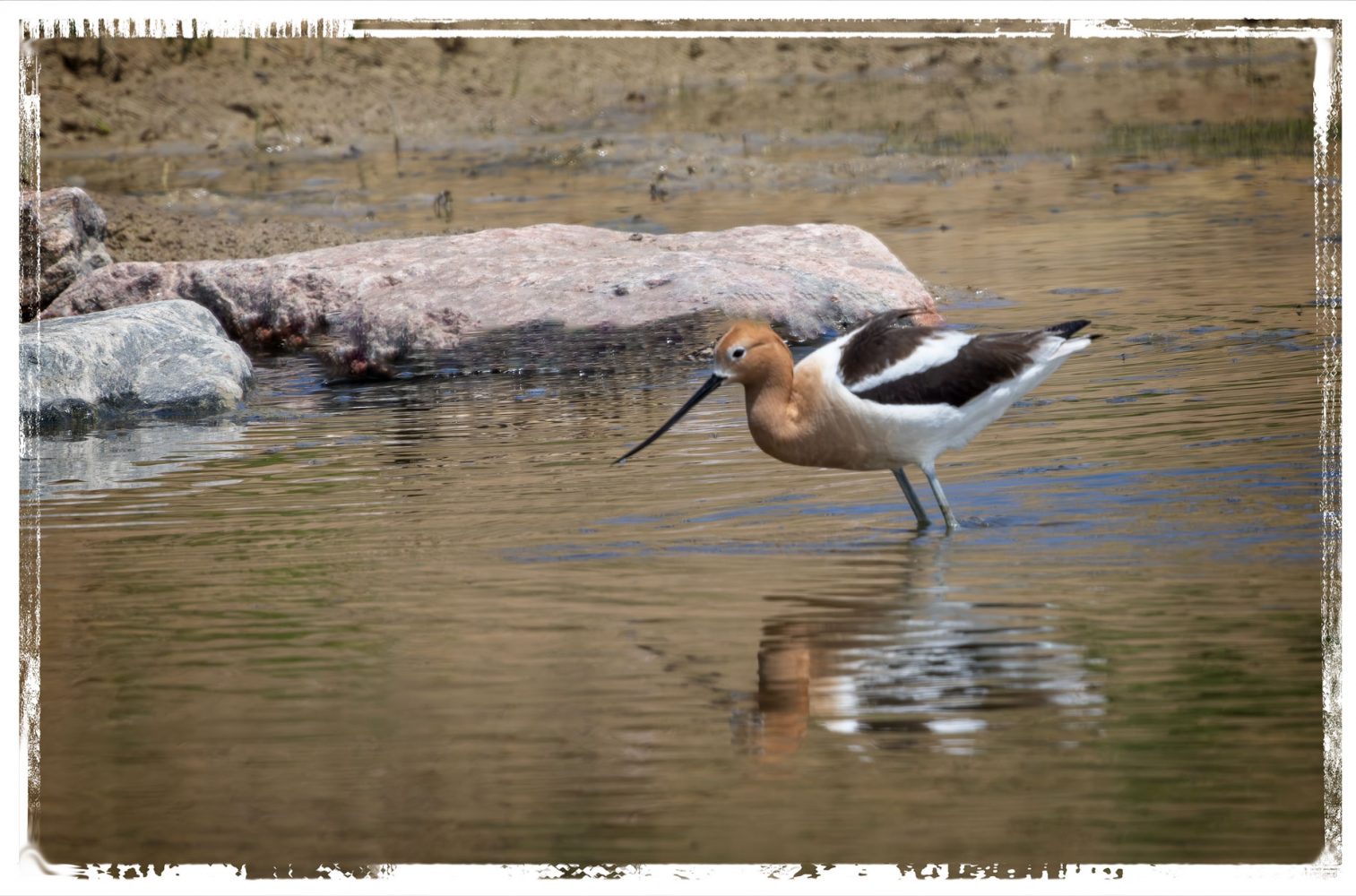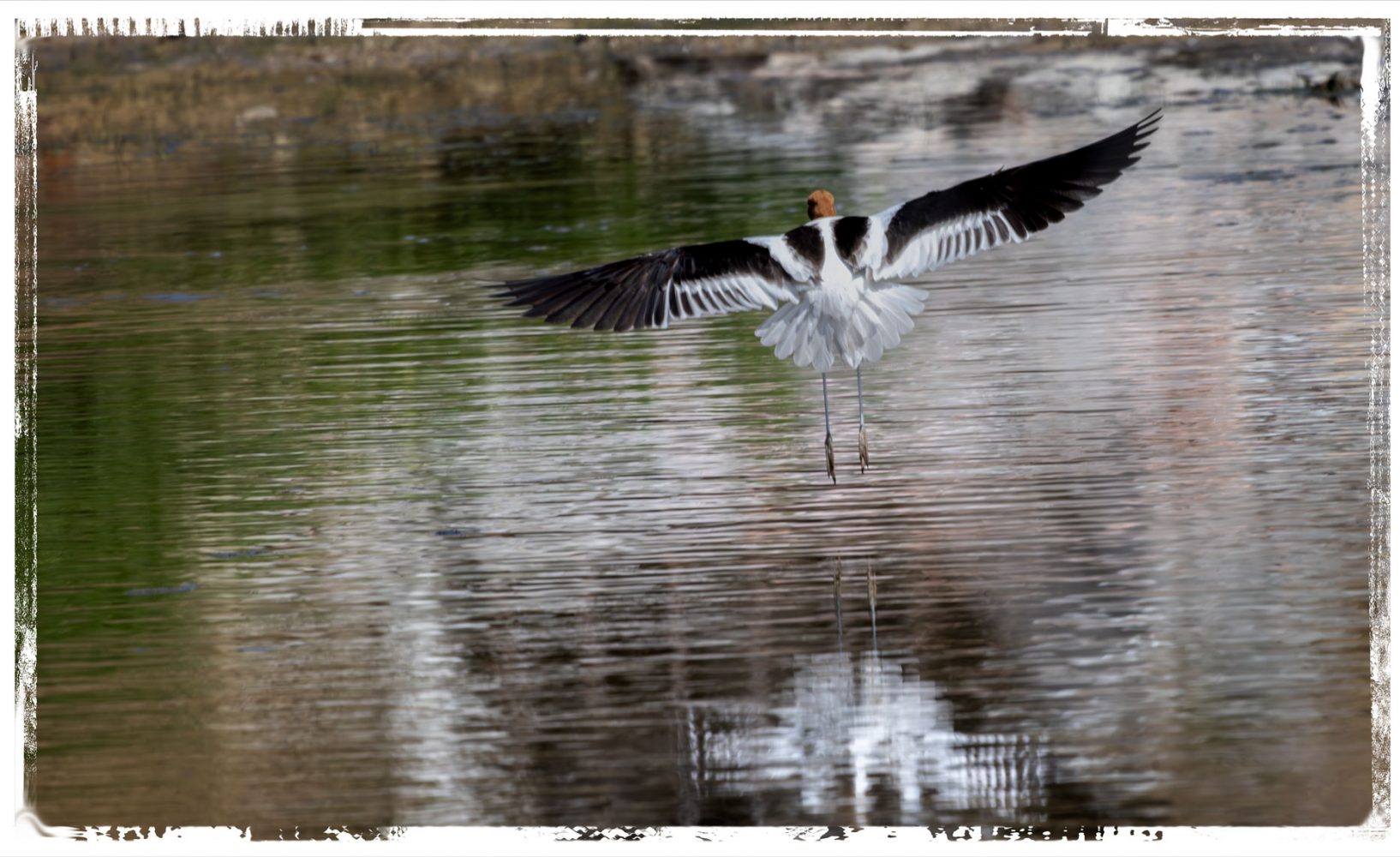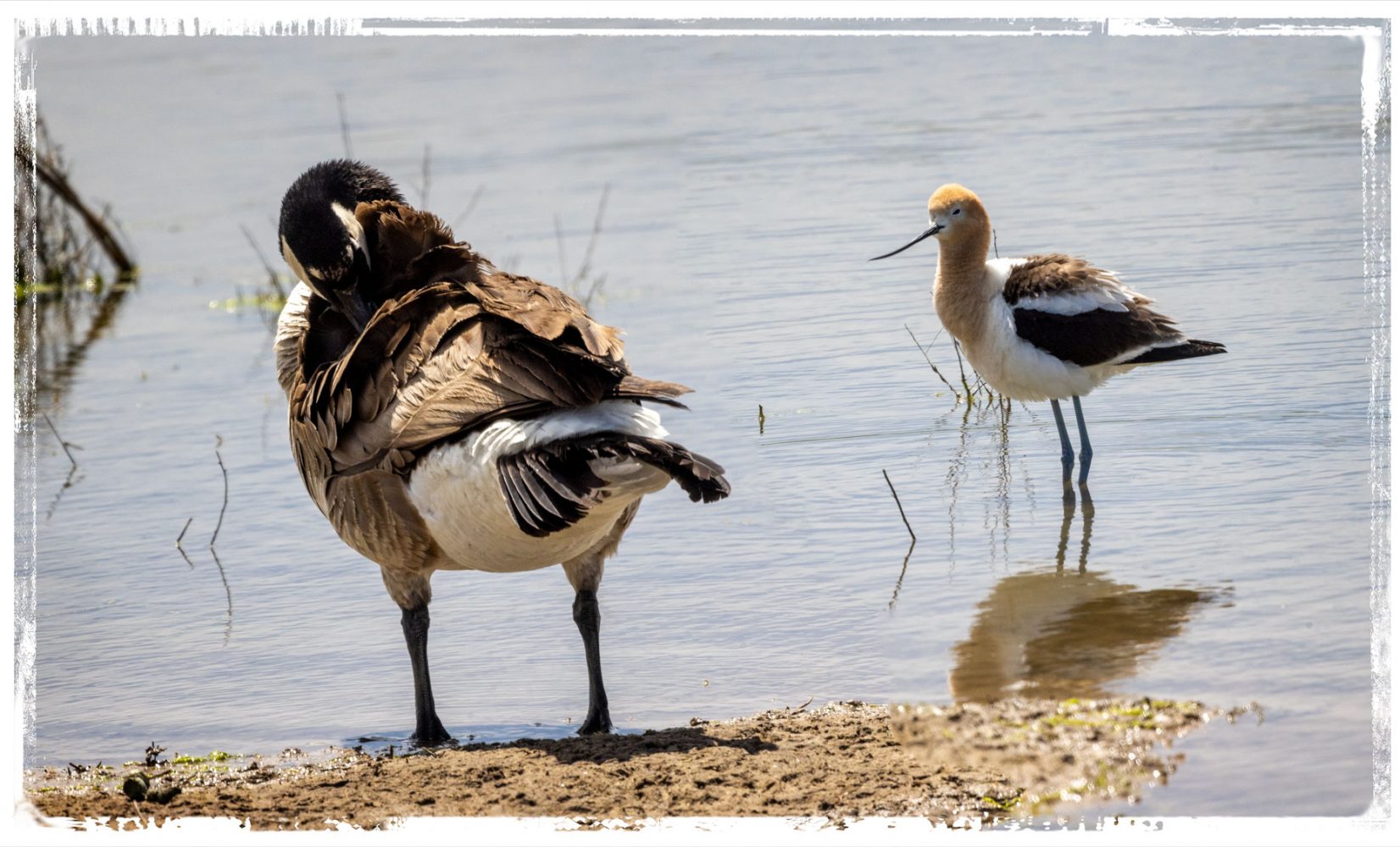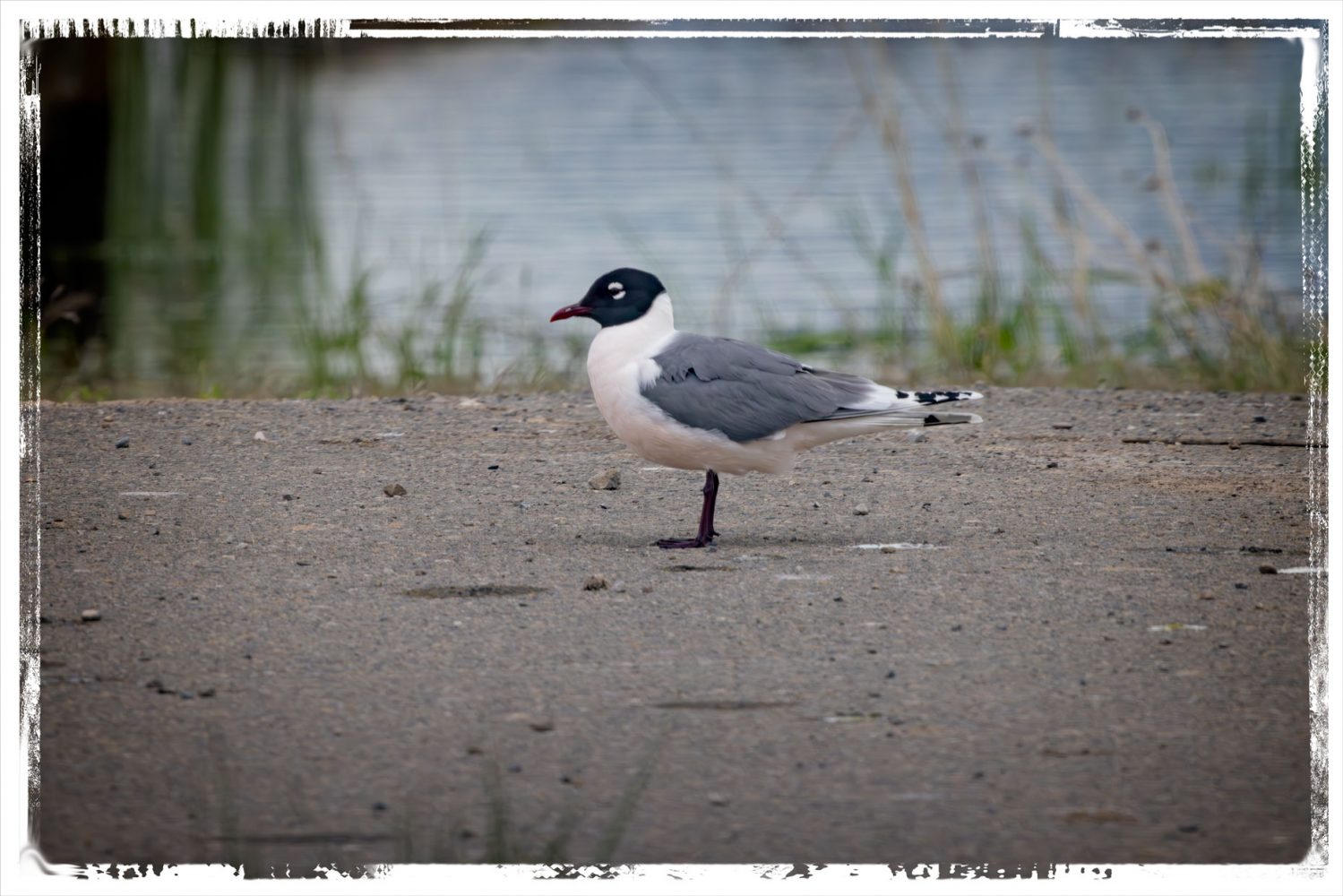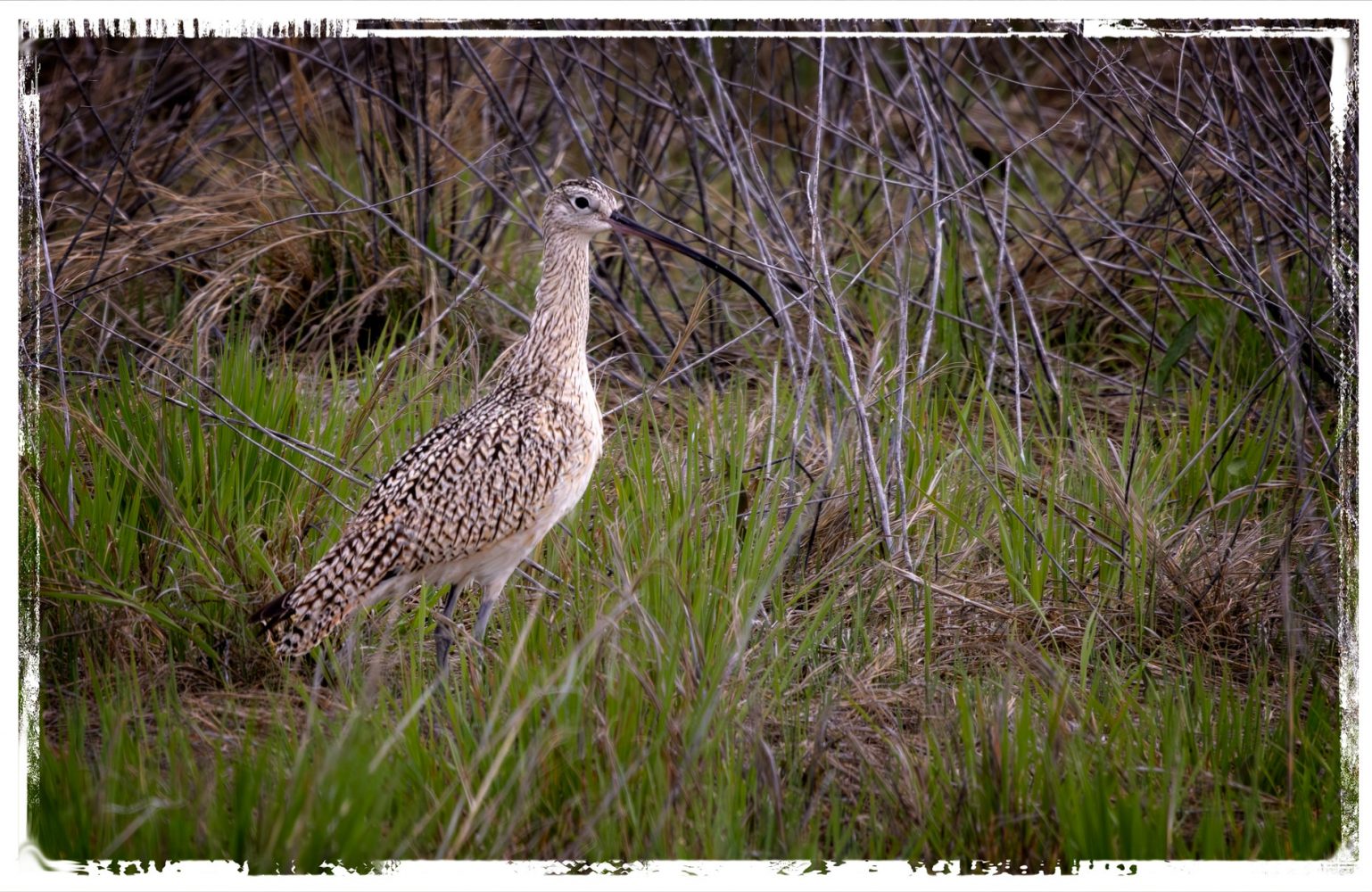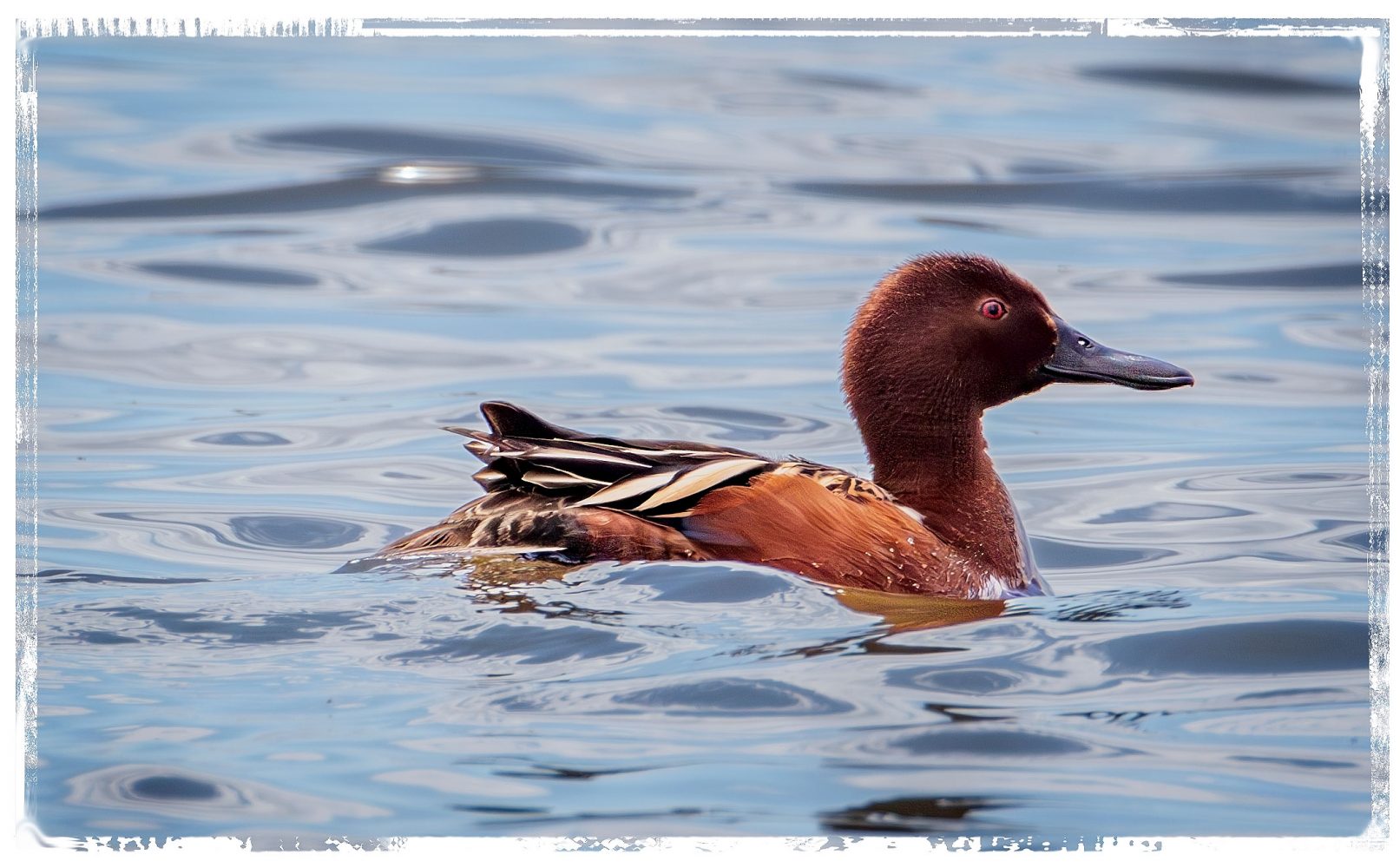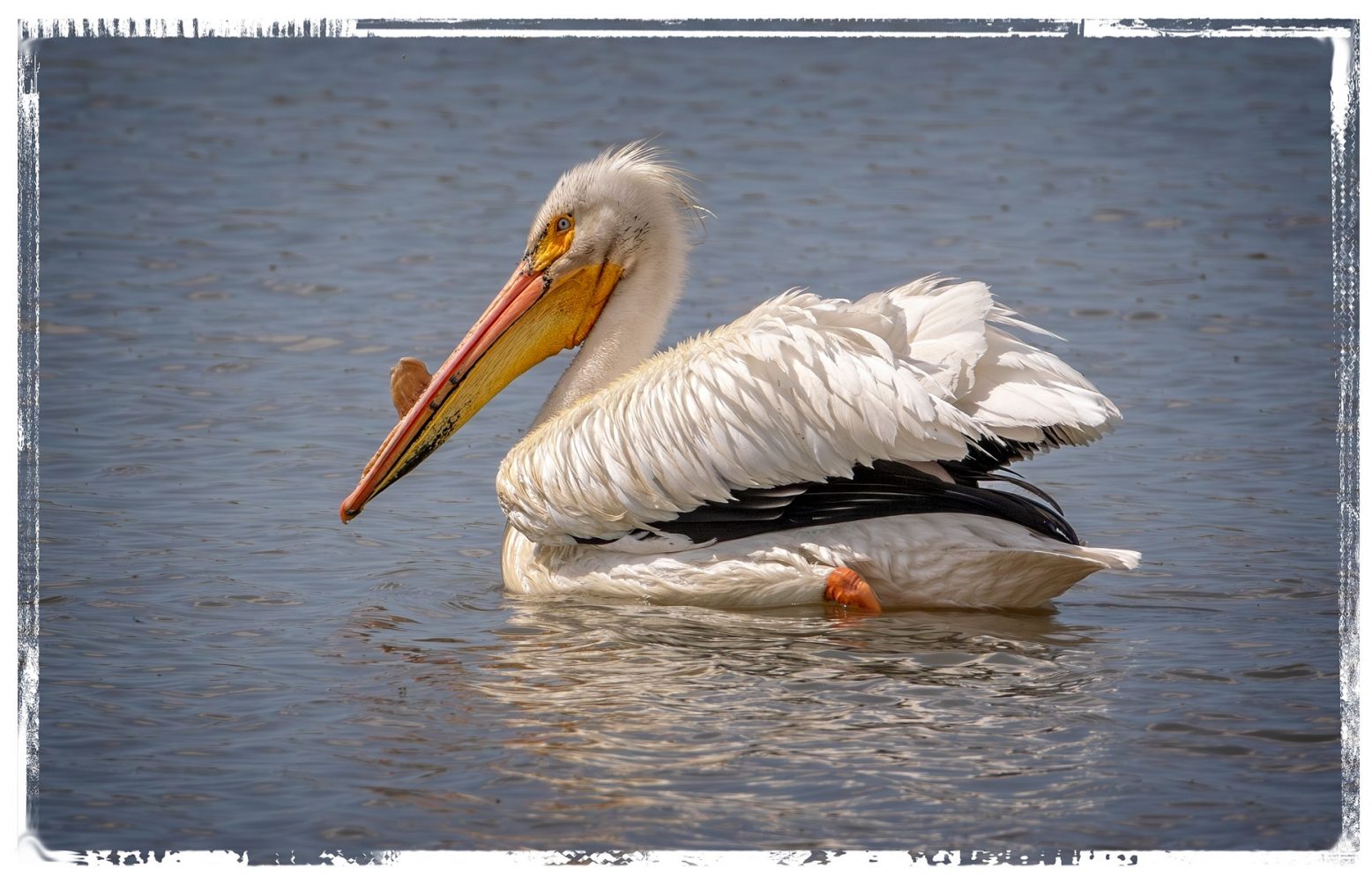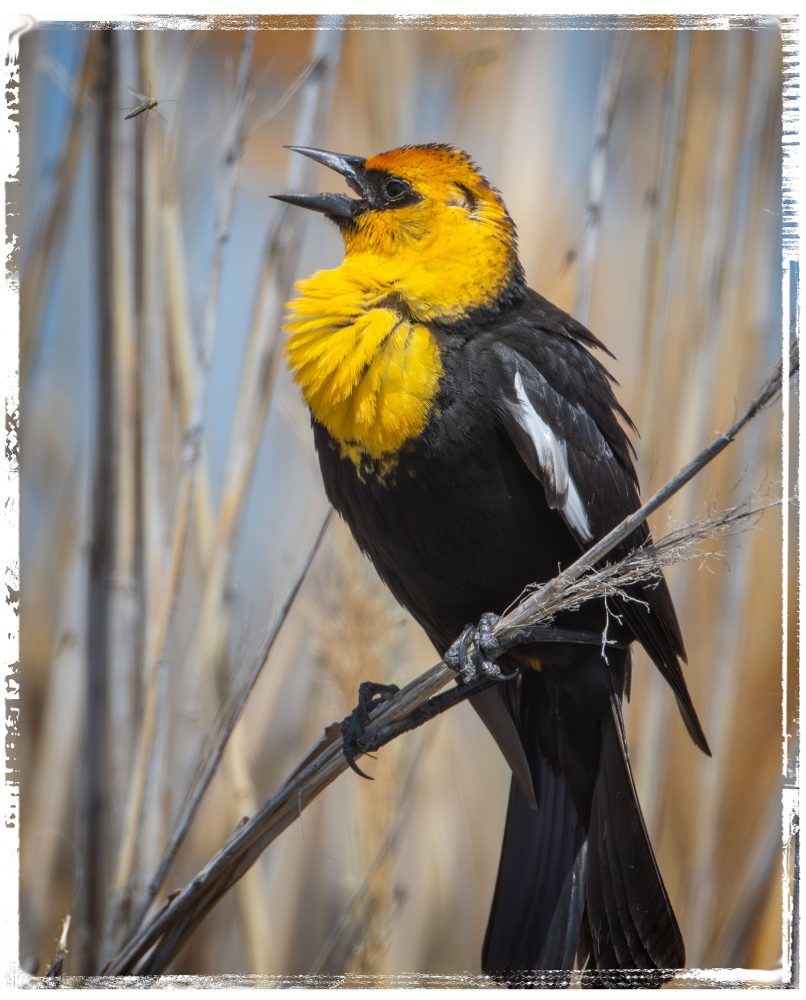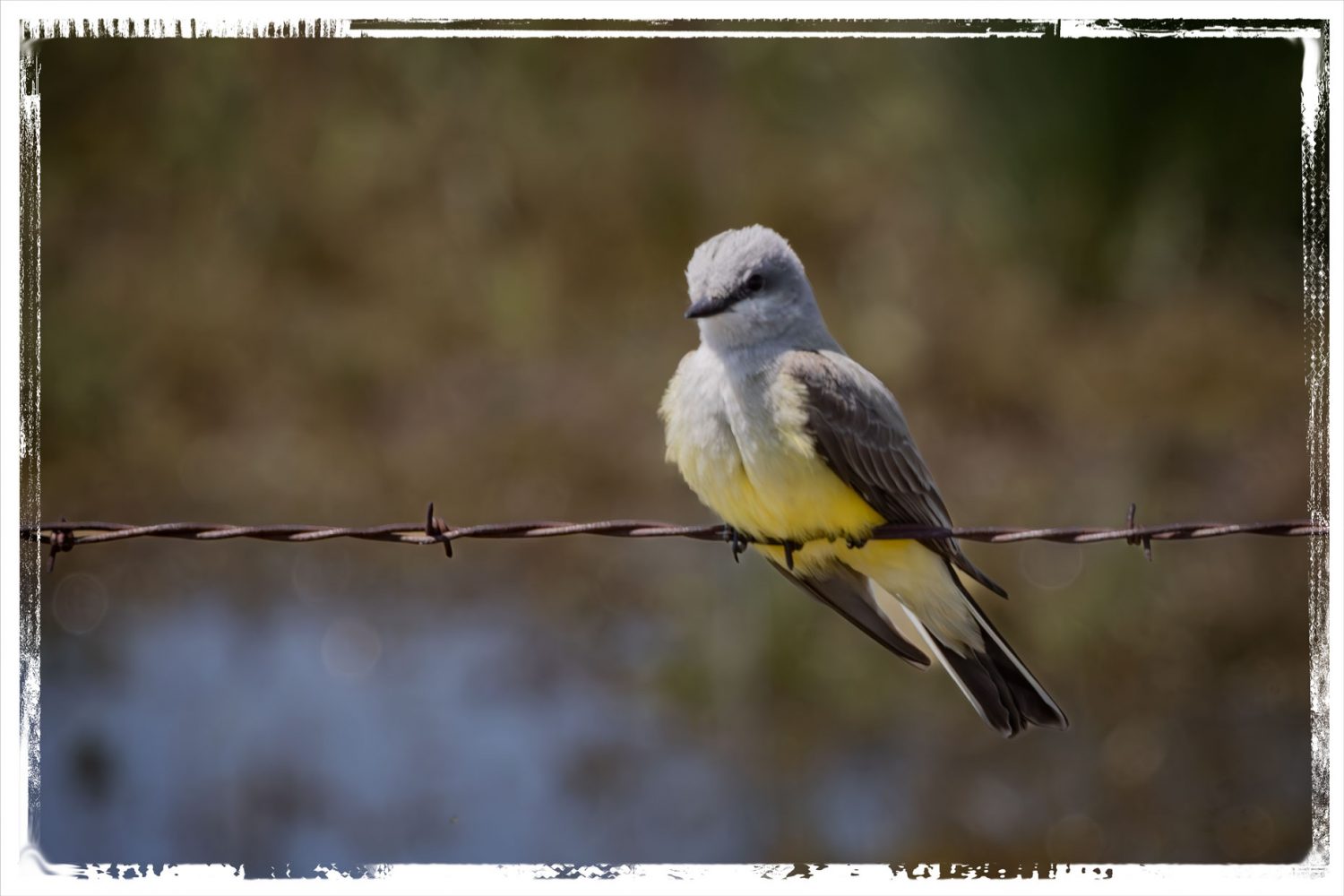I know at times I sound like a broken record, but, as in years past, I truly believe that Western Washington is the most beautiful place in the world during Rhododendron season. You can’t drive a street in the city without being struck by their beauty, but I never settle for just seeing them in neighbors’ yards.
Rhododendrons are at their best in woodlands,
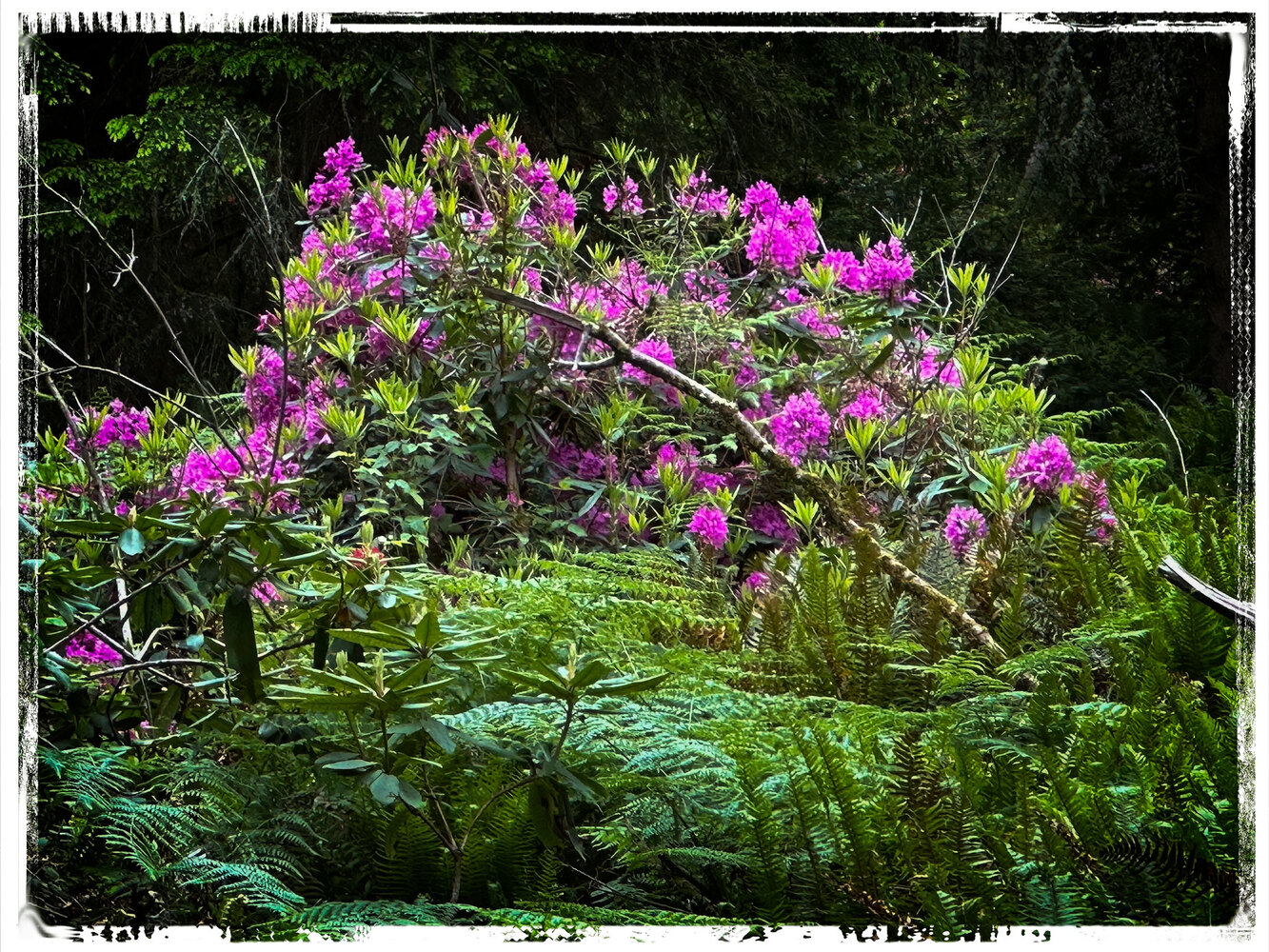
and, luckily, the Point Defiance Rhododendron Garden is just a short mile away. It’s an added bonus that the walk is a gentle way to start getting ready to hike on Mt. Rainier once the snow has receded.
I always end up taking a lot more pictures than I’m ever going to process and post; so the hardest part of posting them is deciding which ones I like best.
Do you prefer pink and white,
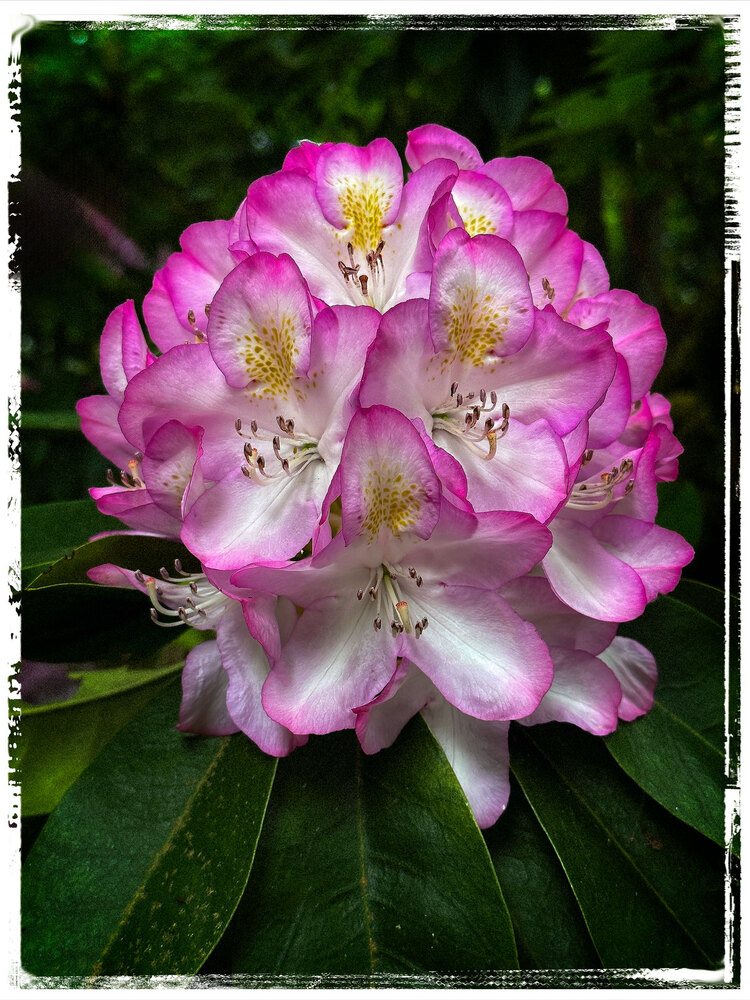
purple and orange,
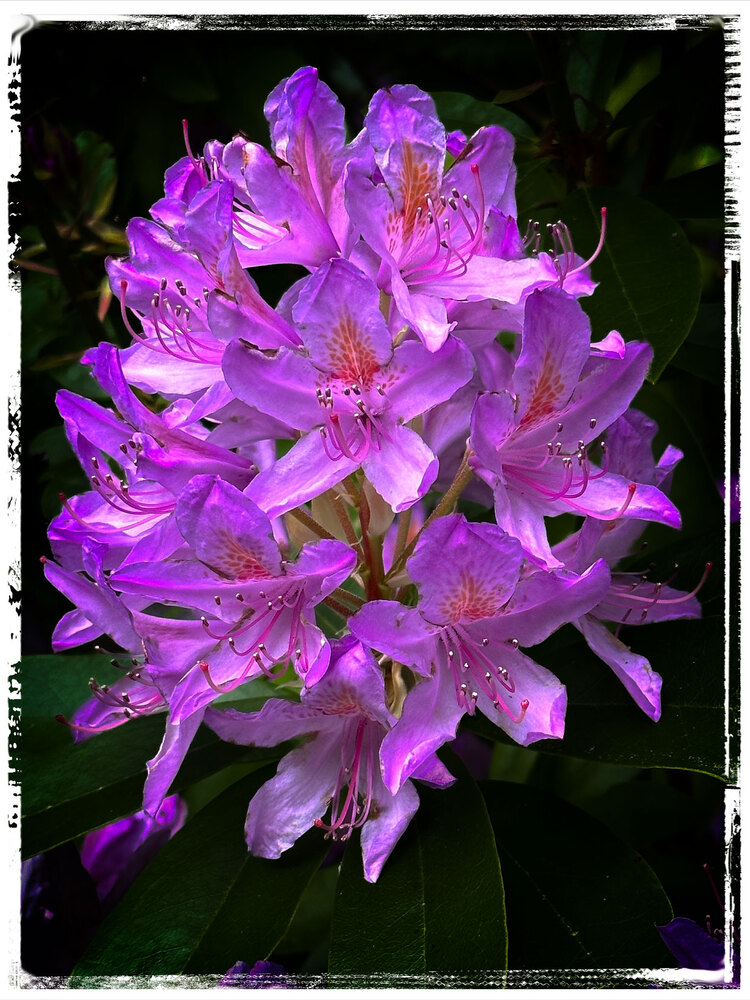
seen from above
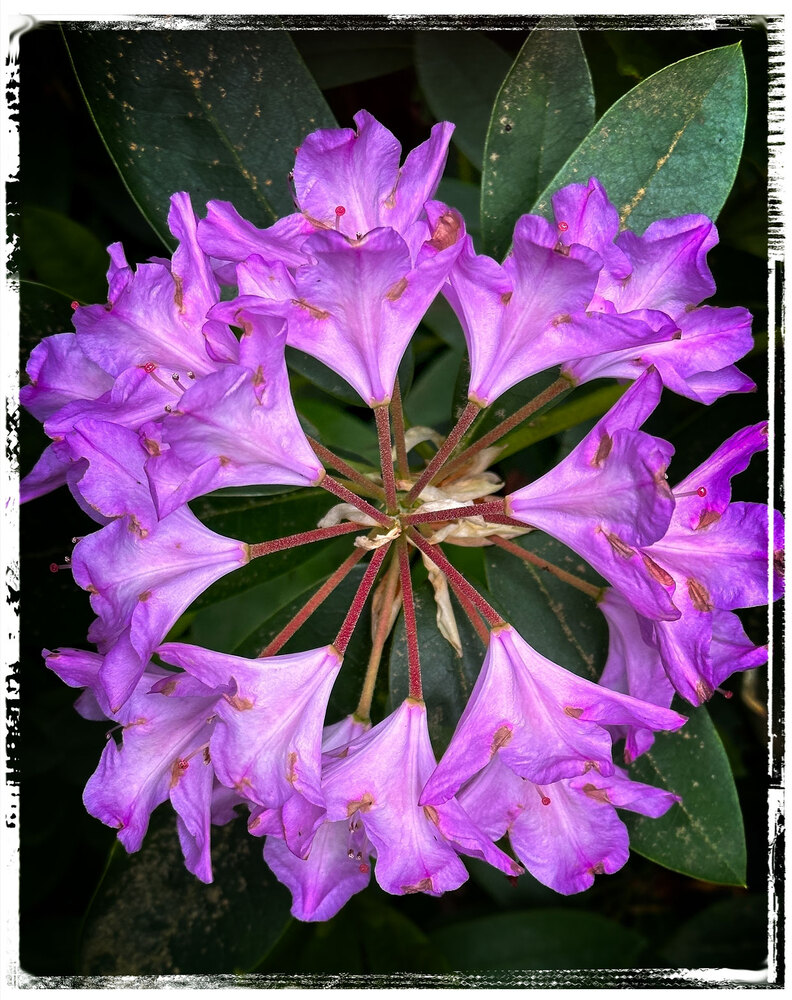
or a deep red?
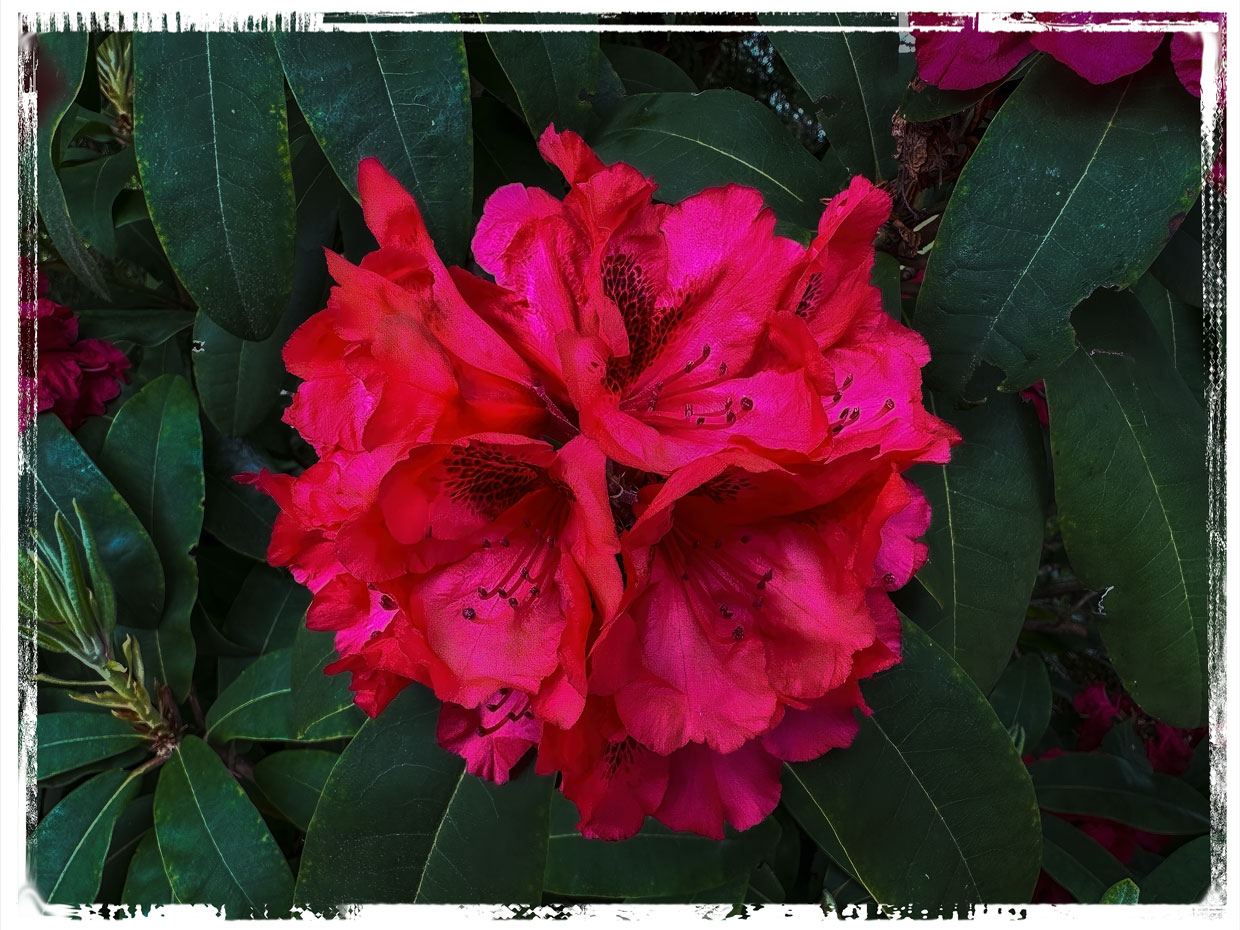
Or do you prefer some of those I’ve posted in previous years (the ones in the links down below) ?
Luckily, you can never have too much beauty in your life.

